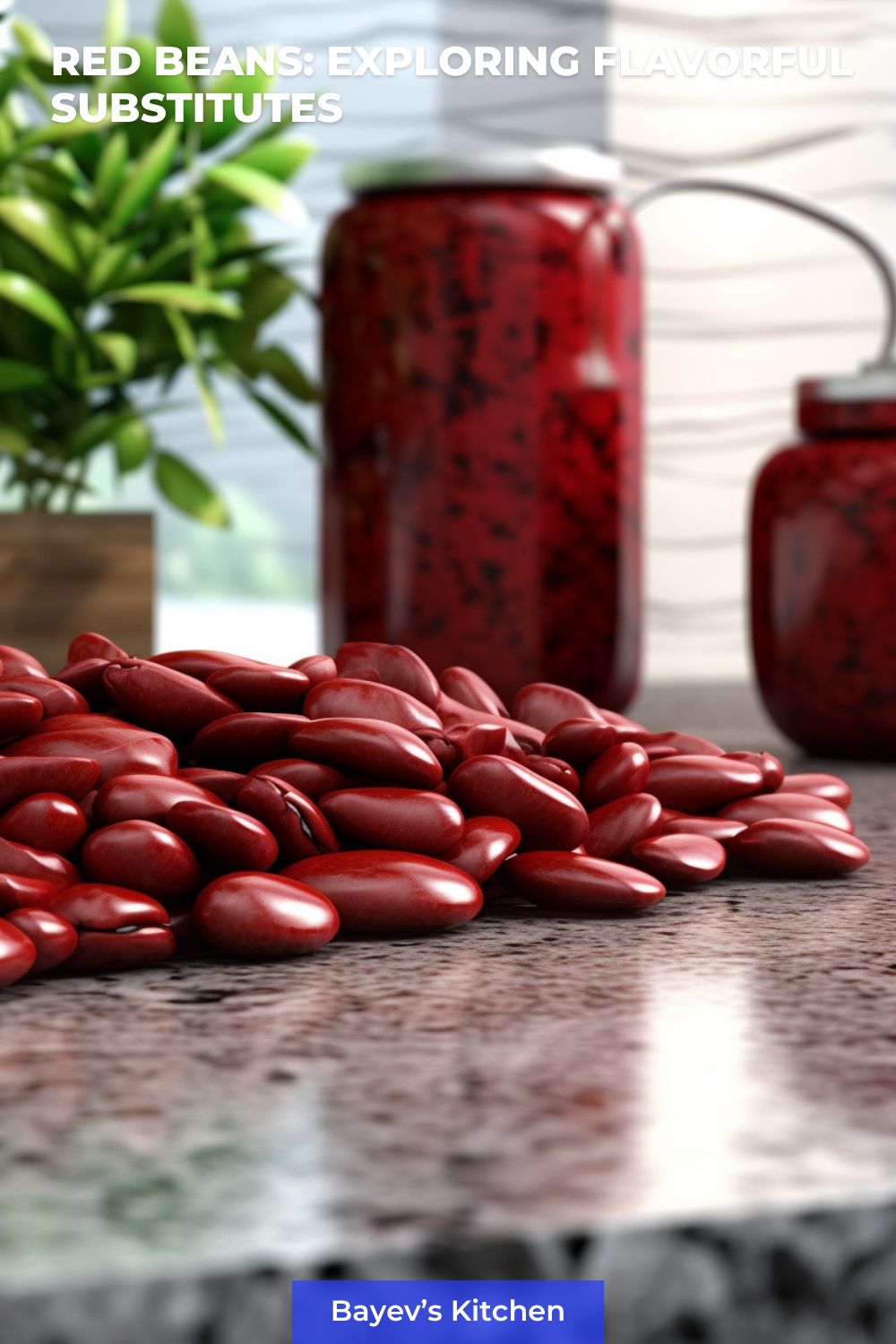Red beans, also known as small red beans or Mexican red beans, are a key ingredient in a variety of global cuisines.
Often used in soups, stews, and rice dishes, these beans are beloved for their versatility and rich, hearty flavor.
However, reasons like dietary restrictions, ingredient availability, or simply a desire to experiment with new flavors may lead you to seek alternatives.
Contents
👅 Flavor Profile & Taste
Red beans have a robust, somewhat earthy flavor that pairs well with a wide variety of ingredients.
They have a firm texture that holds up well during the cooking process, and their deep, rich color adds visual appeal to any dish they’re used in.
When cooked, red beans become soft and creamy, making them a satisfying addition to many recipes.
What Does It Taste Like?
When simply boiled, red beans exude a delicate, slightly sweet and earthy flavor that pairs well with robust ingredients like garlic, onions, and smoked meats. An example of this is the classic Southern dish Red Beans and Rice, where the beans absorb the flavors of smoked sausage and spices, offering a warm, savory, and comforting taste.
Slow-cooked or simmered red beans, such as in a chili or stew, have a hearty and deep flavor. This cooking method allows them to fully absorb the flavors of accompanying ingredients, creating a dish where the beans taste rich and robust. They take on the spiciness of chili powder in a Chili Con Carne, offering a complex layer of flavor that ranges from mildly sweet to deeply savory and spicy.
When mashed or pureed, as in refried beans or bean dips, the red beans’ flavor becomes smooth and creamy, providing a hearty and satisfying backdrop to other ingredients. In a Mexican-style refried beans dish, the beans carry the smoky and spicy flavors of cumin and chili, providing a taste sensation that’s rich, savory, and slightly spicy.
Finally, in sweet dishes like the Japanese red bean paste (Anko), the inherent sweetness of red beans is emphasized, resulting in a taste that’s delicately sweet, subtly earthy, and surprisingly versatile, making for a unique dessert ingredient.
🔄 The Closest Red Beans Substitutes
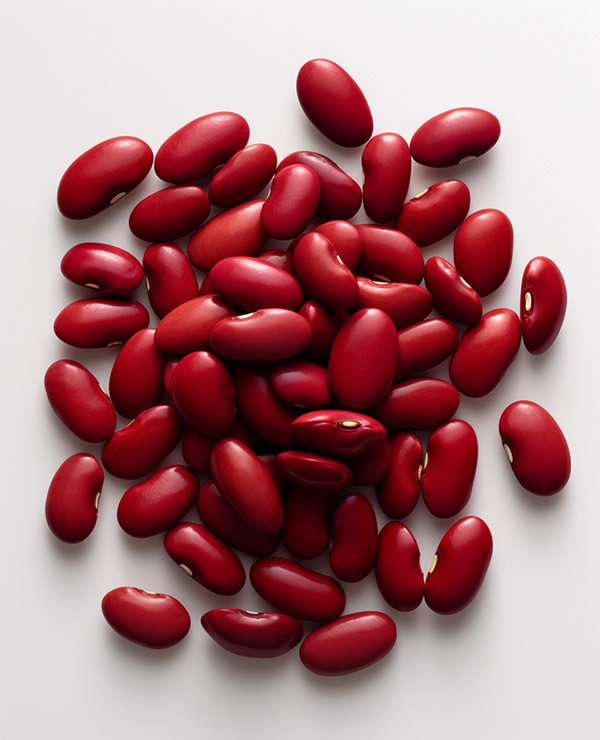
Kidney Beans
Kidney beans are a very close substitute for red beans. They have a similar earthy flavor and firm texture. Substitute them at a 1:1 ratio, and expect a very similar flavor. Cooking time and nutritional profile are also similar, making kidney beans a great all-around substitute.
Ratio: 1:1
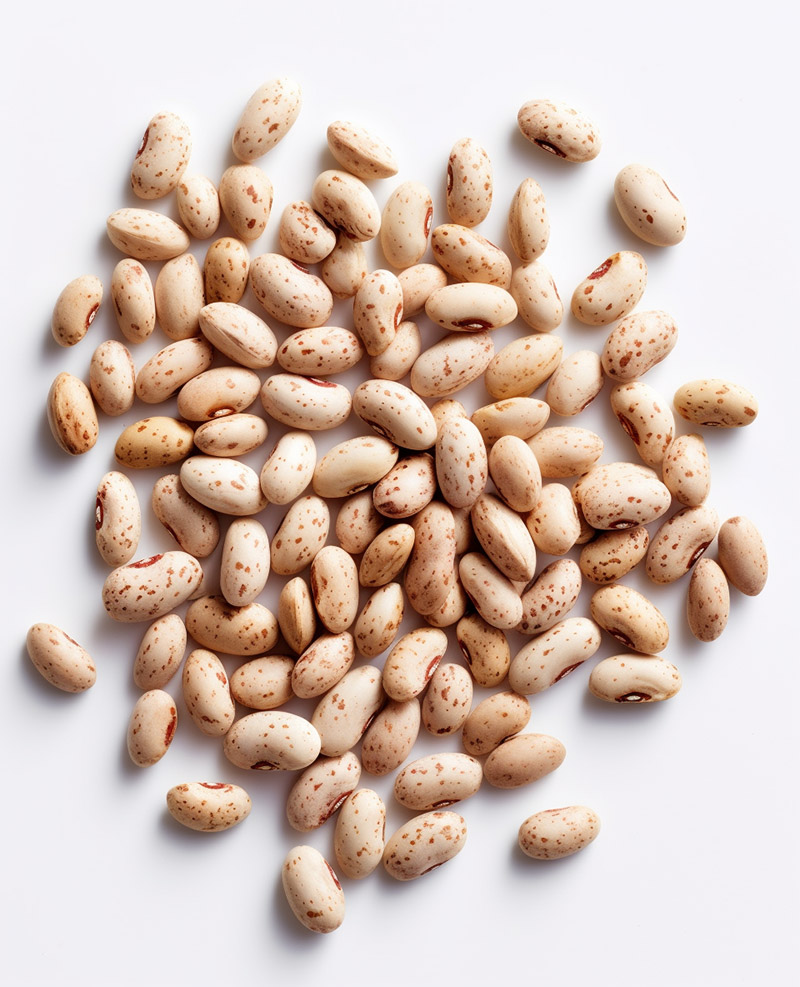
Pinto Beans
Pinto beans can also be used as a substitute for red beans. They have a slightly nuttier flavor, but their texture and size are very similar. Substitute them at a 1:1 ratio. Cooking time is also similar, and pinto beans offer a comparable amount of protein and fiber.
Ratio: 1:1
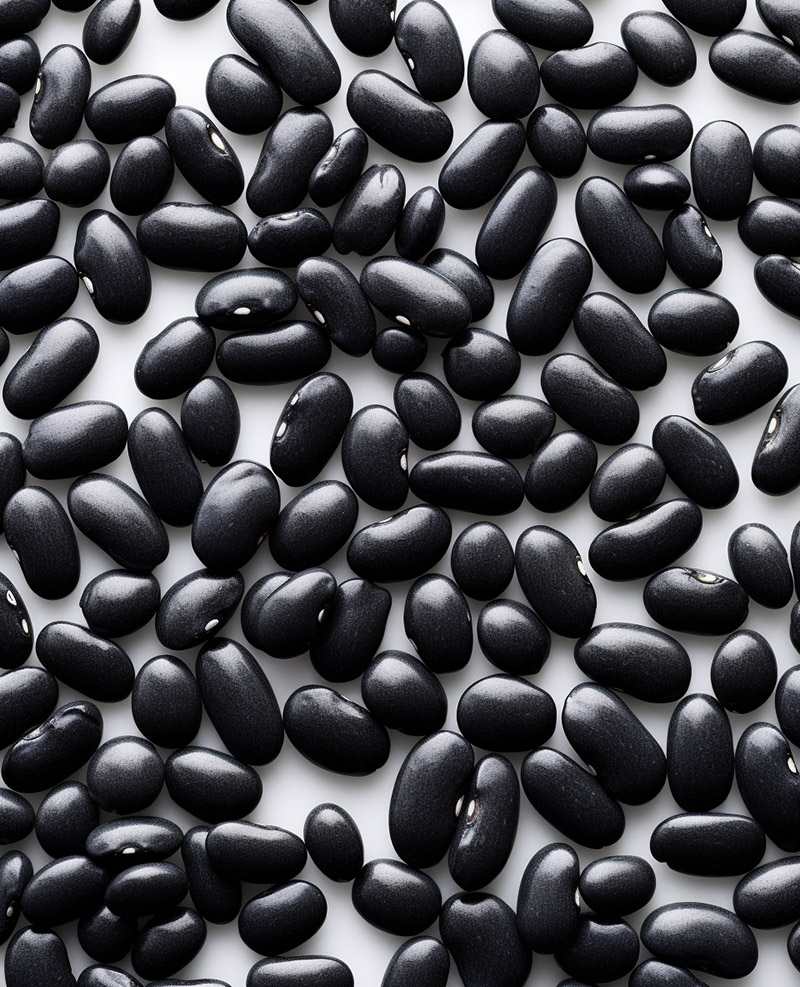
Black Beans
Black beans can be used as a substitute, offering a similar firm texture. They have a slightly sweeter flavor compared to red beans. Substitute them at a 1:1 ratio. Cooking time is similar, and black beans are high in protein and fiber.
Ratio: 1:1
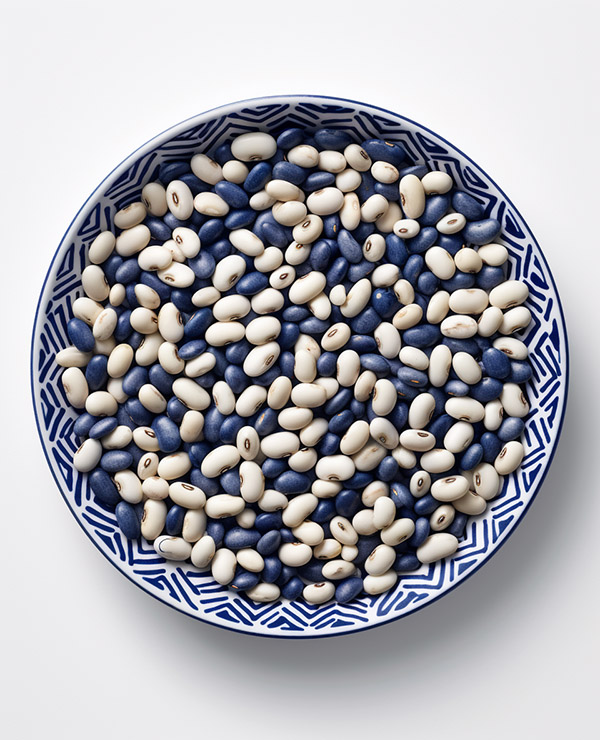
Navy Beans
Navy beans can substitute red beans in terms of texture. Their flavor is more mild, so the dish might not be as flavorful. Substitute at a 1:1 ratio. Cooking time is similar, and navy beans offer a high protein and fiber content.
Ratio: 1:1
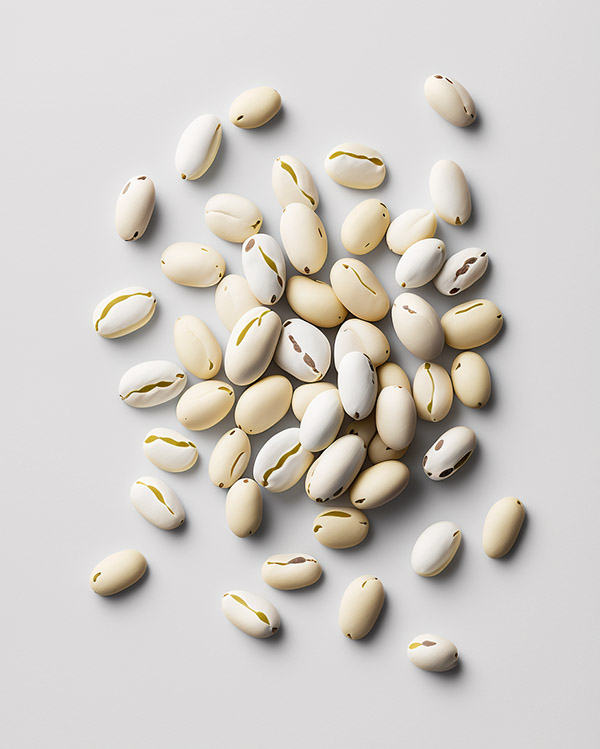
Cannellini Beans
Cannellini beans, or white kidney beans, can serve as a substitute in terms of texture. Substitute them at a 1:1 ratio. They have a mild flavor, so the dish will be less robust. Cooking time is similar, and cannellini beans are high in protein and fiber.
Ratio: 1:1
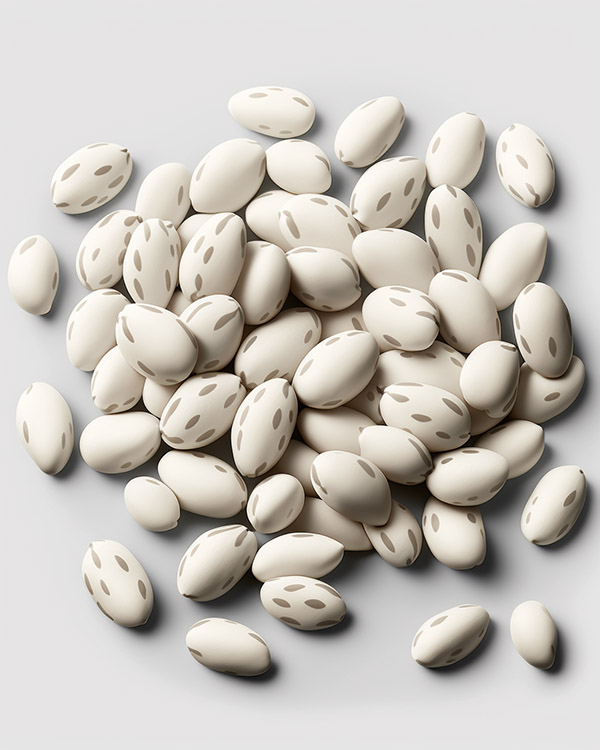
Great Northern Beans
Great Northern beans can be substituted for red beans, offering a similar texture. Substitute them at a 1:1 ratio. They have a mild flavor, and the dish will be less hearty. Cooking time is similar, and Great Northern beans provide a good source of protein and fiber.
Ratio: 1:1
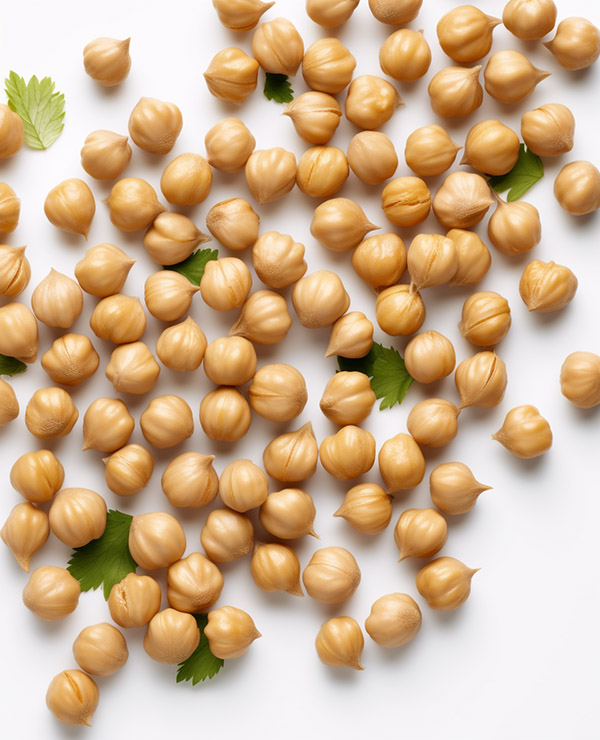
Chickpeas
Chickpeas, or garbanzo beans, can serve as a substitute in terms of texture. Substitute them at a 1:1 ratio. They have a nuttier flavor, so the dish will have a slightly different taste. Cooking time is longer, and chickpeas offer a high protein content.
Check for chickpeas substitutes.
Ratio: 1:1
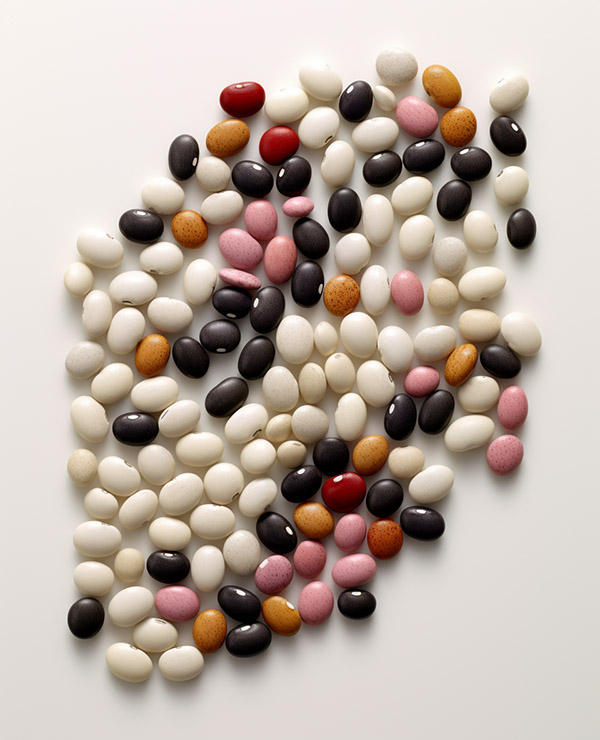
Adzuki Beans
Adzuki beans are smaller but can still be used as a substitute. They have a sweet flavor, which might change the taste of the dish. Substitute them at a 1:1 ratio. Cooking time is shorter, and adzuki beans are high in protein and fiber.
Adzuki beans substitutes – here.
Ratio: 1:1
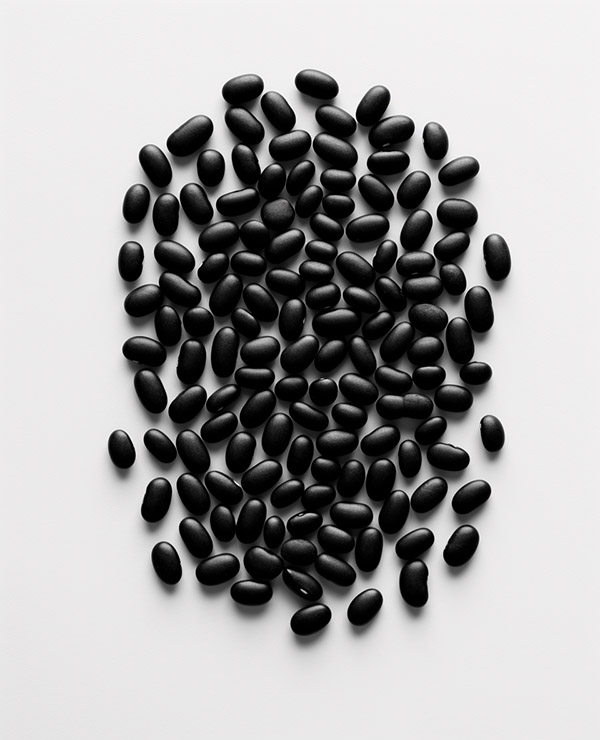
Black Turtle Beans
Black turtle beans are a good substitute for red beans due to their robust flavor and firm texture. Substitute them at a 1:1 ratio. Cooking time is similar, and black turtle beans are high in protein and fiber.
Ratio: 1:1
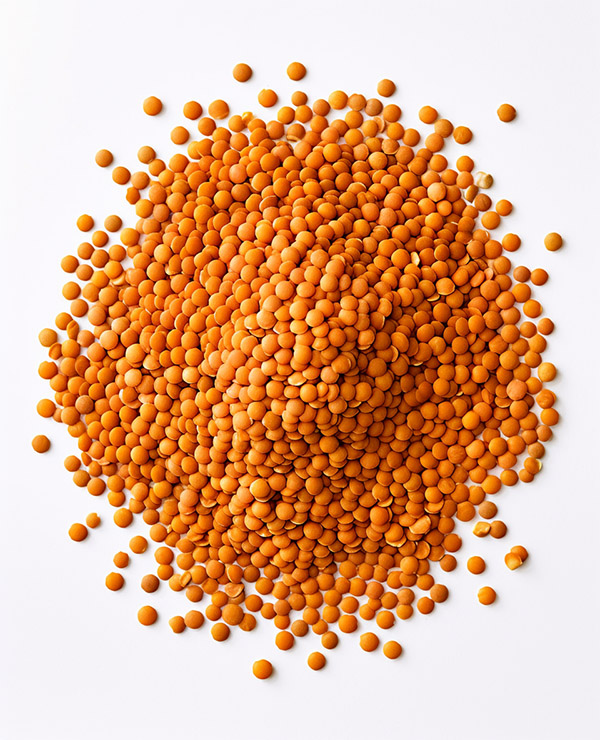
Lentils
Brown or green lentils can be used as a substitute due to their similar size. Substitute them at a 1:1 ratio. However, lentils have a milder flavor. Cooking time is shorter, and lentils offer a high protein content.
Ratio: 1:1
⤵ Other Substitutes
The following beans can also serve as substitutes for red beans but are less similar in terms of taste and texture.
Soybeans
Soybeans can be used as a substitute, especially when making bean paste. Substitute them at a 1:1 ratio. They lack the earthy flavor of red beans, so the dish will taste less robust. Cooking time is longer, and soybeans offer a high protein content.
Black-Eyed Peas
Black-eyed peas can substitute for red beans in terms of texture. Substitute them at a 1:1 ratio. They have a slightly sweet, nutty flavor, but it is less pronounced than red beans. The cooking time is similar.
Green Peas
Green peas can be used as a substitute due to their similar size. Substitute them at a 1:1 ratio. However, green peas lack the earthiness of red beans. The cooking time is shorter.
Fava Beans
Fava beans can substitute for red beans in terms of texture. Substitute them at a 1:1 ratio. They have a mild, slightly sweet flavor, but it is less pronounced than red beans. The cooking time is longer.
Green Mung Beans
Green mung beans can be used as a substitute due to their similar size. Substitute them at a 1:1 ratio. However, green mung beans lack the earthiness of red beans. The cooking time is shorter.
Lima Beans
Lima beans, also known as butter beans, can be used as a substitute due to their creamy texture. Substitute them at a 1:1 ratio. However, they lack the earthiness of red beans. The cooking time is similar.
Cranberry Beans
Cranberry beans, also known as borlotti beans, can serve as a substitute due to their creamy texture and slightly sweet flavor. Substitute them at a 1:1 ratio. The cooking time is similar.
Anasazi Beans
Anasazi beans can substitute for red beans due to their similar size. Substitute them at a 1:1 ratio. However, they lack the earthiness of red beans. The cooking time is similar.
Flageolet Beans
Flageolet beans can serve as a substitute due to their creamy texture. Substitute them at a 1:1 ratio. However, they lack the earthiness of red beans. The cooking time is longer.
🍳 Substitution by Meal
Substitute for red beans in red beans and rice?
In the classic dish of red beans and rice, the red beans can be substituted with several other types of beans while still maintaining a similar flavor and texture profile. Here are a few suitable substitutes:
- Kidney Beans: These are the most common substitute for red beans. Their size is a bit larger, and they have a similar flavor profile. Kidney beans are also sturdy enough to hold up to the long simmering times in a dish like red beans and rice.
- Pinto Beans: These beans have a slightly nutty flavor that works well in a dish like red beans and rice. They’re smaller than kidney beans but larger than red beans.
- Black Beans: These beans have a somewhat earthy flavor and creamy texture that can work well as a substitute. Their color is different, which will change the look of your final dish.
- Great Northern Beans: These white beans have a mild flavor and firm texture that holds up well during cooking, making them a good substitute as well.
💡 Tips and Guidance
Finding the perfect substitute for red beans depends largely on the recipe you’re preparing. For dishes that rely heavily on the flavor of the beans, such as a red beans and rice, a bean with a similar flavor profile like kidney or black beans would work best. For dishes where the beans are less central, you could experiment with a wider range of substitutes.
Remember to adjust your cooking times based on the substitute you choose. And don’t be afraid to experiment! Cooking is as much an art as a science, and trying new things is part of the fun.
Whether you’re looking for a red bean substitute due to dietary needs, ingredient availability, or just a desire to try something new, we hope this guide inspires you to get creative in the kitchen!
